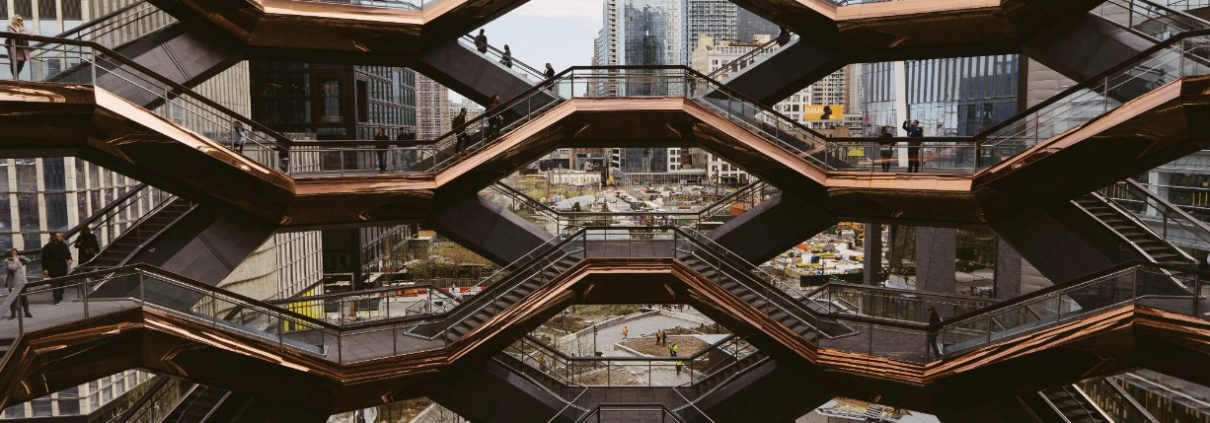Urban development is a constantly evolving field, with new trends and technologies emerging all the time. One trend that has gained traction in recent years is the integration of art and design into development projects. By incorporating art and design into the fabric of the built environment, developers can create spaces that are not only aesthetically pleasing, but also highly functional and profitable.
According to a study by the Harvard Business Review, incorporating art and design into a development project can increase its overall value by up to 20%. This is due to the fact that art and design have been shown to enhance the user experience, increase property values, and attract high-end tenants and buyers.
One example of this is the Faena District in Miami Beach, a mixed-use development that seamlessly integrates art and design into its public spaces, retail spaces, and luxury residences. The Faena District has become a sought-after destination for affluent buyers and tourists alike.
But incorporating art and design into development projects is not just about making them more visually appealing. It can also have tangible benefits for the surrounding community. A study by the University of Pennsylvania found that public art installations can help to reduce crime rates and increase community engagement.
Incorporating art and design into development projects can also have environmental benefits. The use of sustainable materials and designs can help to reduce a project’s carbon footprint and increase its energy efficiency. This not only benefits the environment, but can also lead to significant cost savings over the long term.
But how can developers integrate art and design into their projects in a way that is both effective and profitable? One approach is to work with local artists and designers to create custom pieces that are tailored to the specific needs and aesthetic of the project. Another approach is to use prefabricated art installations that can be easily integrated into the built environment.
In conclusion, integrating art and design into urban development projects is a smart and effective way to maximize their value. By creating spaces that are visually stunning, highly functional, and environmentally sustainable, developers can attract high-end tenants and buyers and create a sense of community and engagement that benefits everyone.
Sources:
- Harvard Business Review: “The Business Value of Design” by McKinsey & Company
- University of Pennsylvania: “Does Public Art Reduce Crime? An Econometric Assessment” by Jordana Maisel and Aaron Chalfin


Leave a Reply
Want to join the discussion?Feel free to contribute!